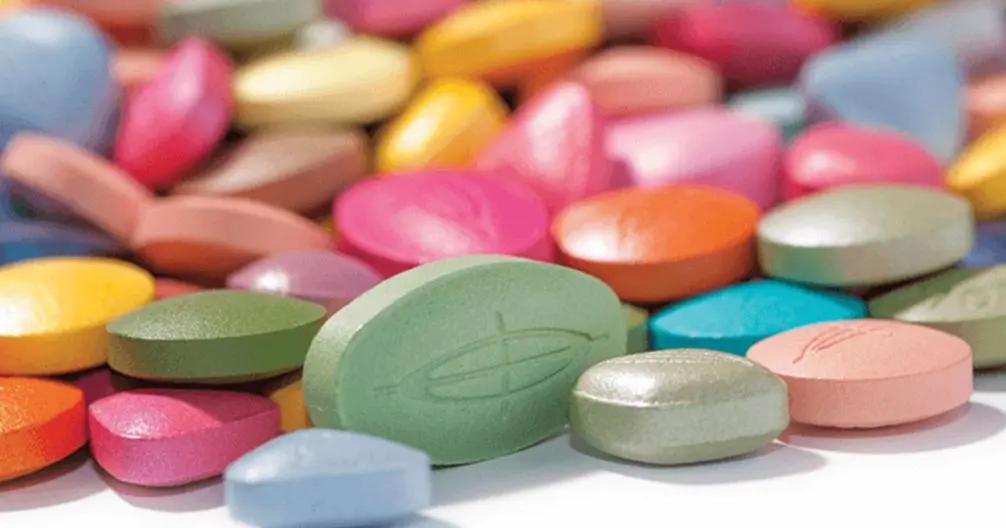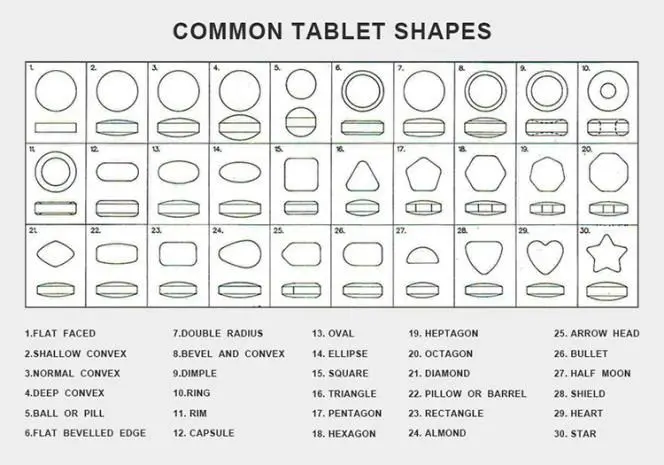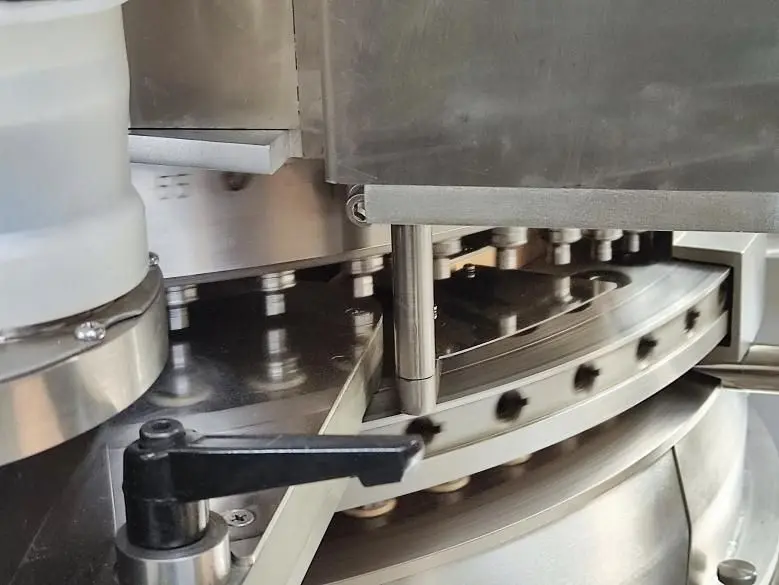Tablet is a type of pharmaceutical dosage form made from a solid drug mixture of active pharmaceutical ingredients (APIs) and excipients through processes such as blending, granulation, and compression. It primarily consists of the active pharmaceutical ingredients (APIs) and excipients, which include fillers (such as lactose, microcrystalline cellulose), binders (such as polyvinylpyrrolidone), disintegrants (such as starch, cross-linked polyvinylpyrrolidone), and lubricants (such as magnesium stearate). These excipients are used to improve the physical properties of the tablet, such as flowability, compressibility, and disintegration.
The types of tablets include ordinary pressed tablets, coated tablets, sugar coated tablets, film coated tablets, enteric coated tablets, effervescent tablets, chewable tablets, multilayer tablets, dispersed tablets, sublingual tablets, oral lozenges, implant tablets, solution tablets, sustained-release tablets.
Contact us


The diameter of tablets ranges from 6 mm to 12 mm, and their thickness is typically between 2 mm and 5 mm. Different sizes can be chosen based on the drug's ingredients, characteristics, and application scenarios. Additionally, tablets can come in various shapes beyond the common round ones, including oval, square, rectangular, triangular, and biconvex (where the center is thicker and the edges are thinner).
In addition to single-color tablets, tablets can also be produced in two or three colors. This is often used for drugs with complex release mechanisms or those requiring multiple functionalities, such as extended-release, controlled-release, or multi-stage release tablets. Using double-die tablet presses or specially designed tablet presses, different active pharmaceutical ingredients (API) or excipients can be compressed into double-layered or triple-layered tablets.
-
Easy to carry
The tablet is therefore small in size, convenient for patients to carry and take even when they go out. -
Accurate dosage
The precise dosage is prepared according to the needs of the patient to ensure that the dosage of the drug is accurate each time. -
Easy to take
Just swallow the tablet with water or other drinking liquid, no additional equipment or special operation is required, convenient and fast. -
Good stability
Good stability in the storage and transportation process, not easily affected by environmental factors, to maintain the quality and effectiveness of the drug. -
Wide application range
Due to the convenience of tablet production and its own advantages, its application range is not limited to the medical industry and can meet the needs of different markets.
Tablet press machine
Table coating machine
-
1
Blister Packaging
Consists of transparent plastic blisters and a backing made of aluminum foil or plastic film, or aluminum blisters with aluminum foil backing. Each blister unit individually seals one tablet. This type provides excellent sealing and protection, preventing moisture, oxygen, and contaminants from entering. Visual packaging and easy access to the medication. -
2
Bottle Packaging
Tablets are packed in plastic or glass bottles, typically with moisture-proof and tamper-evident seals at the bottle mouth. This form has a larger capacity and can hold multiple tablets, and the bottle mouth can be specially designed to prevent children from opening it. -
3
Strip Packaging
Tablets are sealed in strip-shaped aluminum foil or plastic pouches, with each tablet or multiple tablets individually packed. This packaging offers good sealing, is convenient to carry, and is suitable for small quantities and a variety of medications, making it easy to distribute. -
4
Tube Packaging
Tablets are arranged in a tubular container, usually with a moisture-proof cap. This packaging provides excellent moisture resistance, making it particularly suitable for effervescent tablets or lozenges that are prone to moisture absorption.





